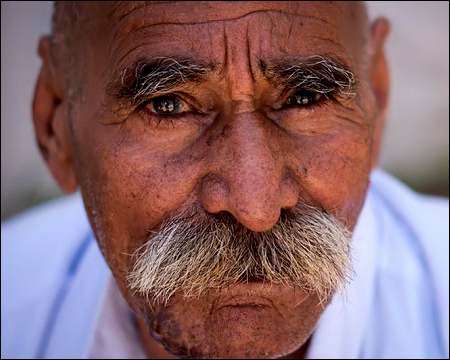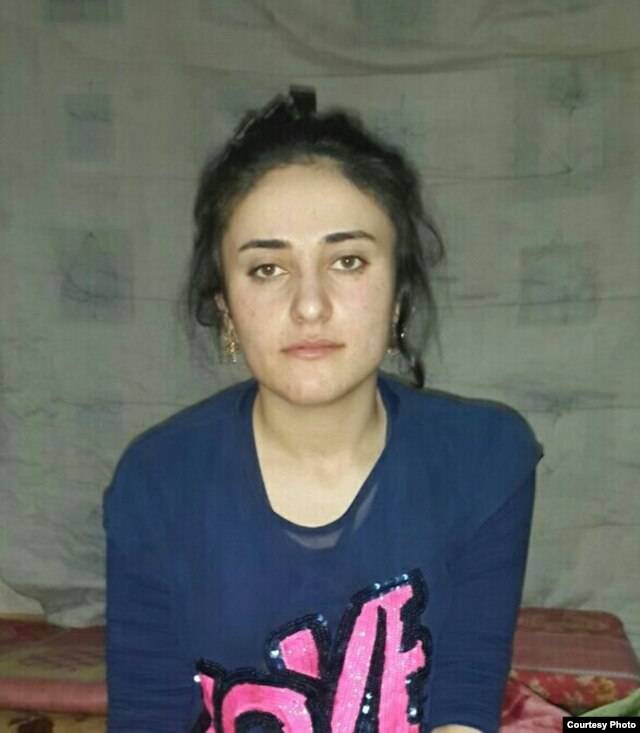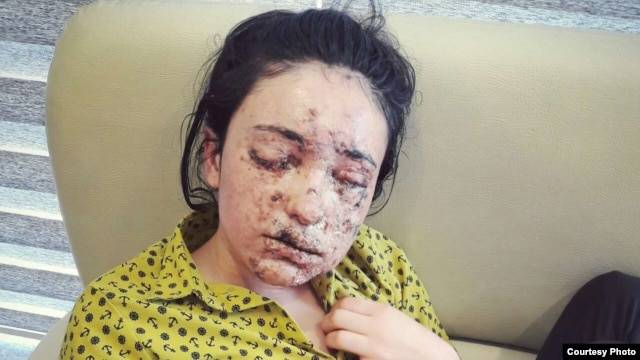I don't blame them for fleeing as they are being picked off, but it is a shame to see such an ancient civilization leave the area.\
Yazidi Kurds see fleeing Middle East as only option for survival
Posted on May 2, 2016 by Editorial Staff in Yazidis

An Iraqi Yazidi Kurd. Photo: DW
SHARYA, Kurdistan region ‘Iraq’,— Stuck in refugee camps after fleeing IS, Yazidi Kurds have few options, especially since the Middle East’s most vulnerable people have been excluded from international migration talks. Diego Cupolo reports from Sharya, Iraq.
Humanitarian workers say the EU-Turkey migrant deal is leaving out the Middle East’s most vulnerable people: Yazidis in Iraq. The agreement is meant to reduce the flow of asylum-seekers to Greece by exchanging those dubbed “economic migrants” in Europe for Syrian refugees in Turkish camps.
“I think the deal is a huge mistake and needs to be rewritten to include Yazidis and other religious minorities stuck here in Iraq,” said Dr. Mirza Dinnayi, director of Air Bridge Iraq, a charity facilitating temporary asylum for trauma victims. “Europe and Turkey are forgetting about the most persecuted people of recent history.”
Continue reading at:
Yazidi Kurds see fleeing Middle East as only option for survival?
Yazidi Kurds see fleeing Middle East as only option for survival
Posted on May 2, 2016 by Editorial Staff in Yazidis

An Iraqi Yazidi Kurd. Photo: DW
SHARYA, Kurdistan region ‘Iraq’,— Stuck in refugee camps after fleeing IS, Yazidi Kurds have few options, especially since the Middle East’s most vulnerable people have been excluded from international migration talks. Diego Cupolo reports from Sharya, Iraq.
Humanitarian workers say the EU-Turkey migrant deal is leaving out the Middle East’s most vulnerable people: Yazidis in Iraq. The agreement is meant to reduce the flow of asylum-seekers to Greece by exchanging those dubbed “economic migrants” in Europe for Syrian refugees in Turkish camps.
“I think the deal is a huge mistake and needs to be rewritten to include Yazidis and other religious minorities stuck here in Iraq,” said Dr. Mirza Dinnayi, director of Air Bridge Iraq, a charity facilitating temporary asylum for trauma victims. “Europe and Turkey are forgetting about the most persecuted people of recent history.”
Continue reading at:
Yazidi Kurds see fleeing Middle East as only option for survival?




